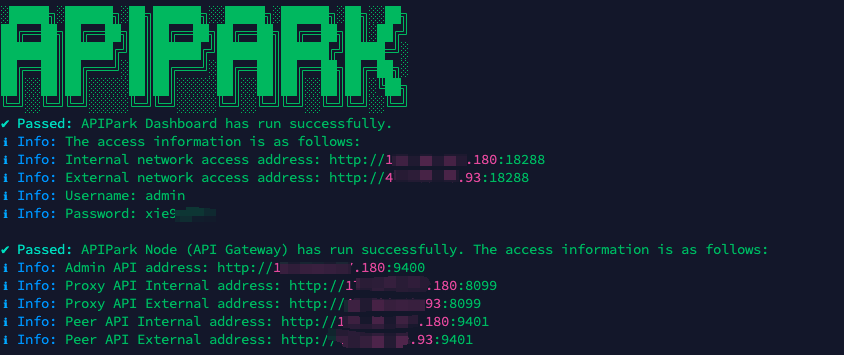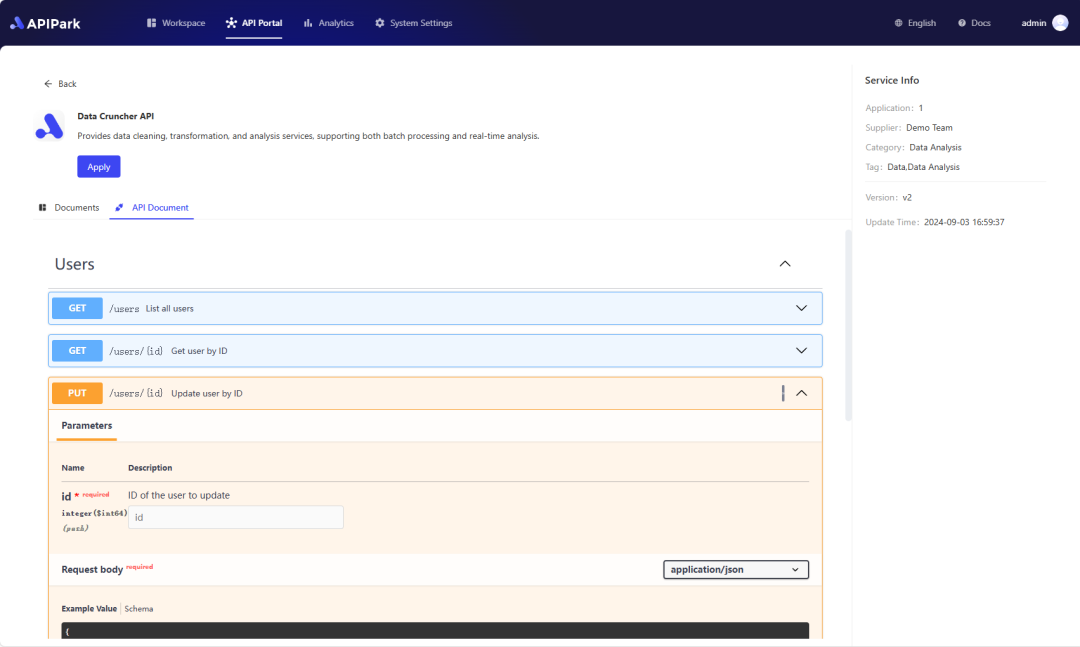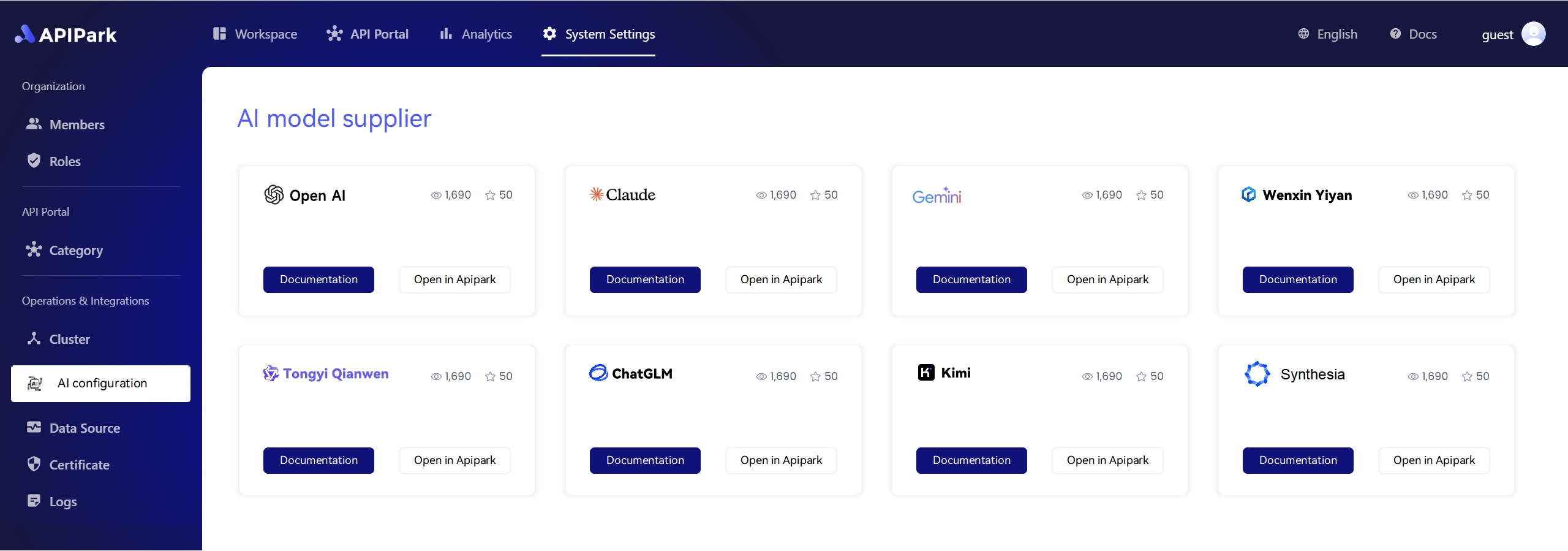When it comes to web development, FastAPI has rapidly gained traction among developers for its ease of use, high performance, and innovative features. One of the issues that developers often grapple with when building APIs in FastAPI is managing null returns in API responses. This article will explore the intricacies of FastAPI, focusing particularly on how to handle null values effectively, all while integrating considerations related to platforms like APIPark and Portkey.ai.
What is FastAPI?
FastAPI is a modern web framework for building APIs with Python 3.6+ based on standard Python type hints. The primary aim of FastAPI is to create robust APIs quickly with minimal complexity. FastAPI uses asynchronous programming, which means it can handle many requests simultaneously, making it one of the fastest frameworks available for building APIs.
Key Features of FastAPI
- Automatic Interactive API Documentation: FastAPI automatically generates interactive API documentation (Swagger UI and ReDoc) based on the defined endpoints.
- Data Validation and Serialization: FastAPI uses Pydantic for data validation, ensuring the request and response data conforms to specified models.
- Asynchronous Support: Asynchronous request processing allows FastAPI to handle numerous requests, making it an excellent choice for high-load applications.
Managing Null Returns
Handling null values in API responses is crucial to ensure that clients can properly interpret data. In FastAPI, you can explicitly define how to handle situations where a variable might be null. Let’s explore how to manage null returns effectively.
Importing Necessary Libraries
Before diving into implementation, ensure you have the required libraries installed:
pip install fastapi uvicorn
Example: Returning a Model
Consider a scenario where you have a FastAPI application that retrieves user data. You can define a Pydantic model to ensure that your output conforms to expected structure.
from fastapi import FastAPI
from pydantic import BaseModel
from typing import Optional
app = FastAPI()
class User(BaseModel):
id: int
name: str
email: Optional[str] = None # Email can be null
@app.get("/users/{user_id}", response_model=User)
async def read_user(user_id: int):
# Simulating a database lookup
if user_id == 1:
return User(id=user_id, name="John Doe", email="john@example.com")
# If user not found, return None which FastAPI automatically converts to a 404 response
return None
In the example above, if the queried user does not exist, FastAPI will automatically respond with a 404 error. When managing null values, it’s crucial to note that you often want to return appropriate HTTP status codes, thus improving API usability.
Integrating with APIPark and Portkey.ai
Integrating your FastAPI application with platforms like APIPark and Portkey.ai provides additional features, such as API lifecycle management, security enhancements, and advanced data processing capabilities.
APIPark provides functions for central API management, allowing you to deploy APIs effectively and monitor performance. Specifically, for data encryption which is critical in API communication, APIPark facilitates encryption mechanisms to secure sensitive data during transmission.
Portkey.ai, on the other hand, offers a canvas for AI-driven applications, potentially integrating machine learning features within your API responses. This may include enriching your API data or adjusting how API handles null values based on AI predictions.
Handling Nullable Fields in Responses
For more advanced data handling, you can define explicit defaults, conditions, or even Algorthms to deal with nulls effectively in your responses. For instance:
@app.get("/users/{user_id}", response_model=User)
async def read_user(user_id: int):
# Simulated anonymous behavior; returns a user or provides a default user object
if user_id in [1,2,3]: # Assume these IDs exist
user_data = {user_id: "Some user info"}
return User(id=user_id, name=user_data[f"{user_id}"], email="john@example.com")
# Instead of returning None, you could return an empty user object
return User(id=user_id, name="Unknown User") # To avoid null response
In this code snippet, instead of returning a null response, you’re providing a default user object, which results in a valid response while clearly indicating that no applicable data was found.
The Role of Data Encryption
When handling sensitive information, especially if any part of your API includes user data, being aware of how to secure that data is vital. Integrating data encryption into your FastAPI application can help fulfill security requirements.
APIPark simplifies this process by ensuring proper encryption during API calls, which safeguards data integrity and confidentiality.
JSON Response and Error Handling
FastAPI offers built-in support for handling JSON responses, including handling null values effectively. Here’s another example illustrating error handling with FastAPI’s exception handlers:
from fastapi.exceptions import HTTPException
@app.get("/user/{user_id}")
async def fetch_user(user_id: int):
if user_id not in user_data_map:
raise HTTPException(status_code=404, detail="User not found")
return user_data_map[user_id]
Ensuring Consistency with Response Models
To ensure that all API responses are consistent, creating robust response models is essential. Here’s an advanced illustration showcasing multiple potential responses:
class UserResponse(BaseModel):
user: Optional[User]
error: Optional[str]
@app.get("/users/{user_id}", response_model=UserResponse)
async def get_user(user_id: int):
user = await fetch_user_from_db(user_id)
if not user:
return UserResponse(error="User not found.")
return UserResponse(user=user)
In this example, you create a structure that wraps responses, clearly separating user data and potential error messages.
Additional Considerations
When developing APIs, be mindful of following good practices for error handling, documentation, and response consistency. Make sure your API behaves in a predictable manner, which can ultimately enhance the user experience.
Performance Optimization
Utilizing asynchronous calls, defined clearly in FastAPI implementations, can help in managing high-concurrency situations. Lastly, using caching strategies where possible can also enhance performance significantly.
Summary of Steps
| Step | Description |
|---|---|
| 1 | Install FastAPI and required packages |
| 2 | Define Pydantic models |
| 3 | Handle null values explicitly |
| 4 | Integrate with platforms like APIPark |
| 5 | Secure API responses with data encryption |
| 6 | Implement consistent and user-friendly error handling |
APIPark is a high-performance AI gateway that allows you to securely access the most comprehensive LLM APIs globally on the APIPark platform, including OpenAI, Anthropic, Mistral, Llama2, Google Gemini, and more.Try APIPark now! 👇👇👇
By effectively managing null returns in FastAPI responses, developers can build robust applications that deliver accurate, clear, and user-friendly output. Integrating with platforms such as APIPark and Portkey.ai not only enhances capabilities but also provides additional layers of security and functionality to your FastAPI applications.
Moving forward, consider these practices in your API designs, and you’ll ensure your applications remain resilient, maintainable, and effective in handling real-world scenarios.
🚀You can securely and efficiently call the 文心一言 API on APIPark in just two steps:
Step 1: Deploy the APIPark AI gateway in 5 minutes.
APIPark is developed based on Golang, offering strong product performance and low development and maintenance costs. You can deploy APIPark with a single command line.
curl -sSO https://download.apipark.com/install/quick-start.sh; bash quick-start.sh

In my experience, you can see the successful deployment interface within 5 to 10 minutes. Then, you can log in to APIPark using your account.

Step 2: Call the 文心一言 API.
